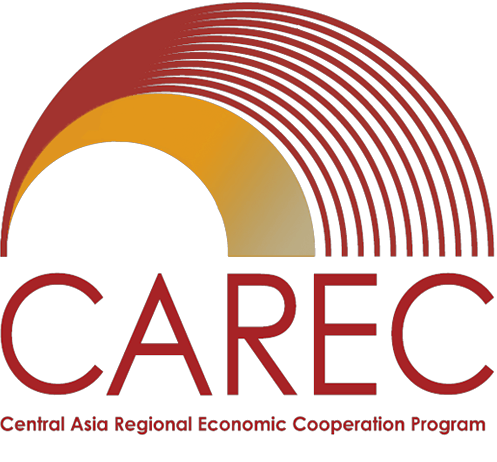People's Republic of China
CAREC in People’s Republic of China
A member of the CAREC Program since 1997, the People’s Republic of China (PRC) pushes for greater connectivity to drive growth and reduce poverty in Eurasia’s vast landlocked interior. CAREC’s evolution has accompanied the PRC’s own efforts to spread investment and growth in the region.
More and more cargo shipments from CAREC partners are reaching the PRC through the northern and western borders of its Inner Mongolia Autonomous Region and the Xinjiang Uygur Autonomous Region. The government is channeling significant investments into these strategic regions, which are set to boost connectivity and economic benefits for Central Asia and beyond.
Xinjiang links seamlessly to Kazakhstan, the Kyrgyz Republic, Mongolia, Pakistan, and Tajikistan via CAREC Corridor 5, while Inner Mongolia connects to Mongolia and the Russian Federation through CAREC Corridor 4. These vital transit routes are potential economic corridors, now handling an ever-growing share of international trade.
Cumulative Investments
As of the end of 2024, roughly $2.36 billion has been invested in seven CAREC-related projects, mostly in Inner Mongolia and Xinjiang. Of these investments, about $1.82 billion (77%) is allocated to six transport projects. ADB financed or cofinanced three of them.
